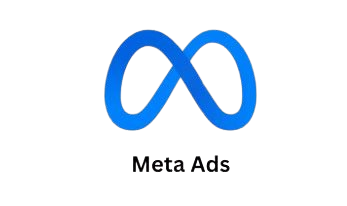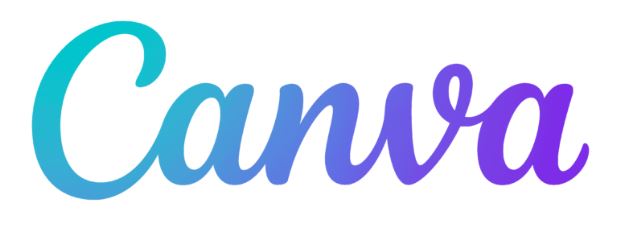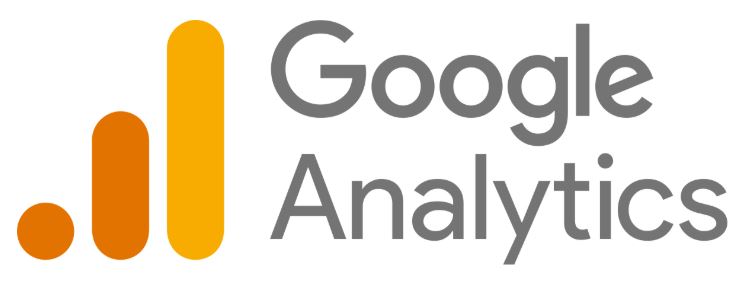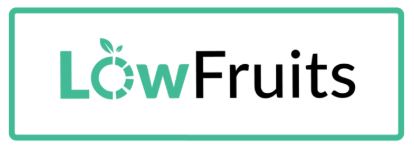A solid content strategy and well-crafted content only matter if they reach the right people. SEO-driven blogs, social media, lead magnets, email marketing, and paid ads all help make that happen. I’ve used these same strategies to market affiliate products and grow my own digital platform.
Since 2014, I’ve worked remotely while traveling to over 40 countries, experiencing both the freedom and the challenges of the digital nomad lifestyle. So when I set out to make my own digital product, I wanted to offer something that would help others on the same journey. After a lot of research (and plenty of reflection), I launched DrifterDose—a website dedicated to helping aspiring digital nomad transition into a location independent lifestyle. It serves as the foundation for multiple resources that support nomads at every stage. The first resource on the site tackles the biggest challenge most aspiring nomads face—finding a remote job.
THE CHALLENGE
Selling a Course on Finding Remote Work
Aspiring digital nomads want remote jobs, but most don’t know where to start. The information is out there, but it’s scattered, confusing, and often unreliable. To solve this problem, I created Remote Work Accelerator—a step-by-step course that simplifies the process and helps job seekers get hired faster.

But having a great course wasn’t enough. I had to figure out how to get it in front of the right people and show them its value. That meant building a content marketing system—one that didn’t just attract leads but actually nurtured and converted them into paying students.
Key Goals:
- Attract the right audience—people actively searching for remote work guidance.
- Build authority in a competitive niche.
- Convert visitors into paying students with a strong content funnel.
- Diversify revenue streams beyond just course sales.
It took some trial and error, but I eventually found a strategy that worked.
THE Strategy
Building a Content-Driven Sales Funnel
Since I was starting from scratch—no pre-built audience, no brand recognition—I developed a multi-channel content strategy that combined SEO, authority-building, paid traffic, and email marketing to generate leads and drive conversions.
SEO & Blog Content
Authority-Building: Medium & Quora
Email Funnel & Lead Generation
Paid Ads & A/B Testing
Coaching as an Upsell
THE results
A Fully Functioning Content Marketing Funnel
By combining organic content marketing, paid ads, and email marketing, I built a self-sustaining system that attracted, nurtured, and converted leads.
[ snippet of Google Analytics traffic over 90 days]
[ snippet of high ranking Medium post]
[ snippet of aWeber subscriber count over 90 days]
[ snippet of sales conversions]
This wasn’t just about selling a course—it was about creating a scalable content marketing machine that turned strangers into paying customers.
Technical Skill & Tools I Use

With Meta Ads Manager, I can target and re-target the right audience. The platform’s segmentation tools direct my ads to people who are most likely to engage, helping me make sales.
I use Aweber to run email campaigns that really connect with my audience. The automation and segmentation features make it easy to send the right message at the right time, which keeps subscribers engaged and helps boost conversions.

Canva makes it easy to design social media ads and edit images for blog posts and websites. With its intuitive tools, customizing visuals to match a brand’s style is quick and hassle-free.

I use Google Analytics to track what’s working—how people engage with content, where traffic comes from, and what needs improvement to keep visitors engaged.
I rely on SEMrush for SEO audits. It spots broken links, missing metadata, and technical issues that can hurt rankings, helping identify quick wins for better SEO.

LowFruits.io is one of my favorite tools for finding low-competition keywords that are easier to rank. It helps me uncover market gaps where content can shine, especially for newer sites.
I use Keyword Surfer to quickly access search volume and keyword suggestions directly in Google, making it an easy way to spot content opportunities without leaving the page.
Does your agency needs a resourceful content marketer who understands SEO, content distribution, paid traffic, and email marketing? I'm here to help.